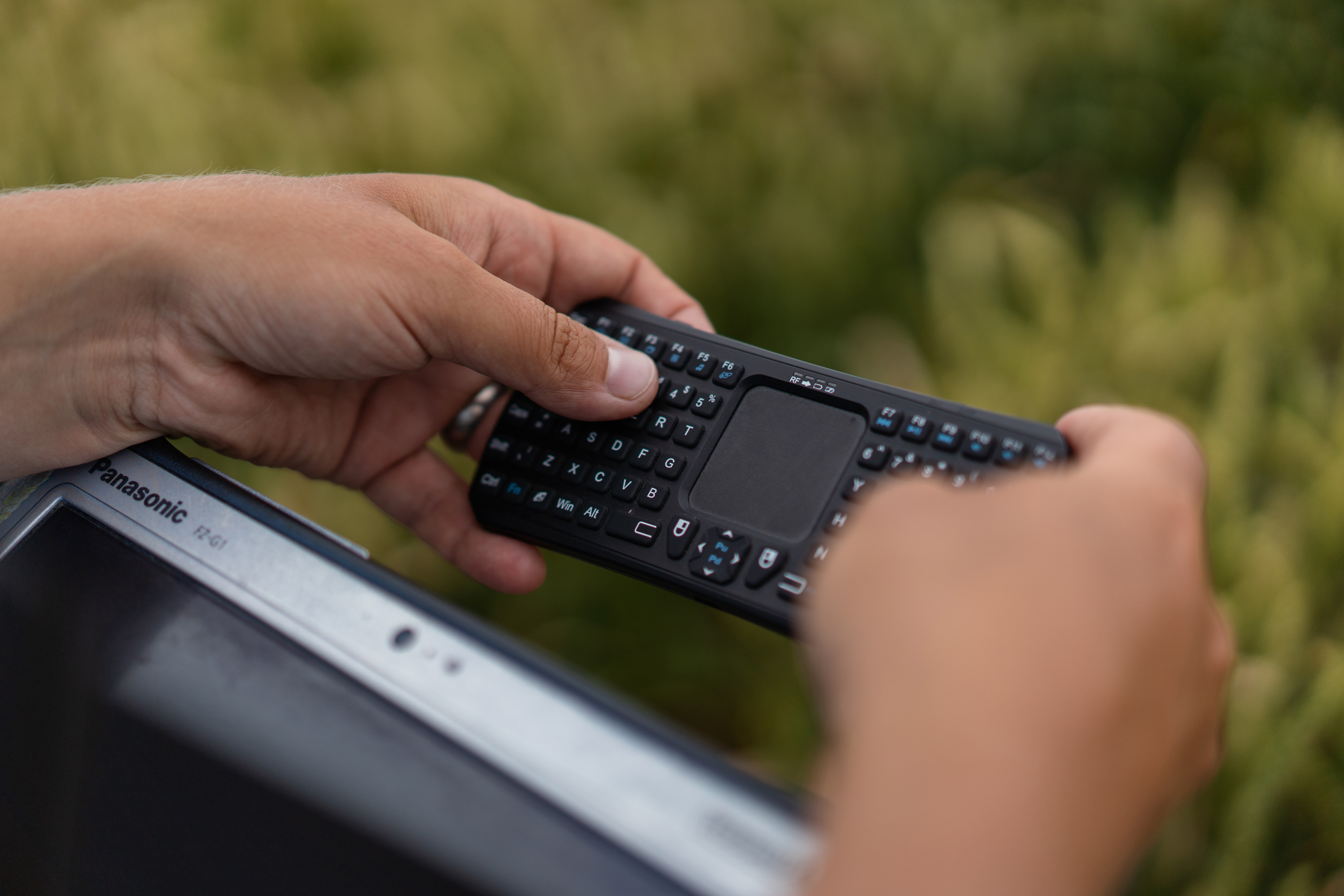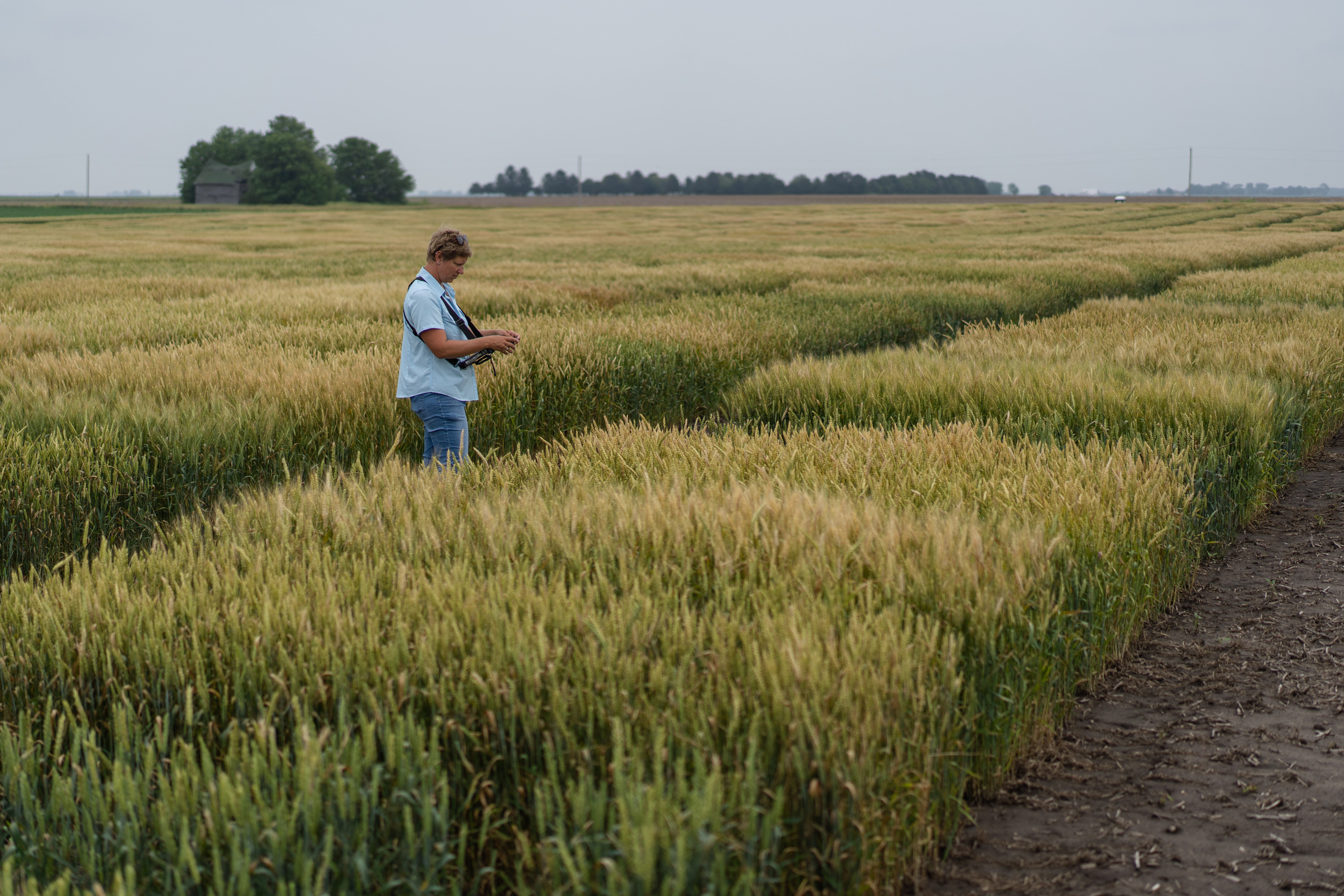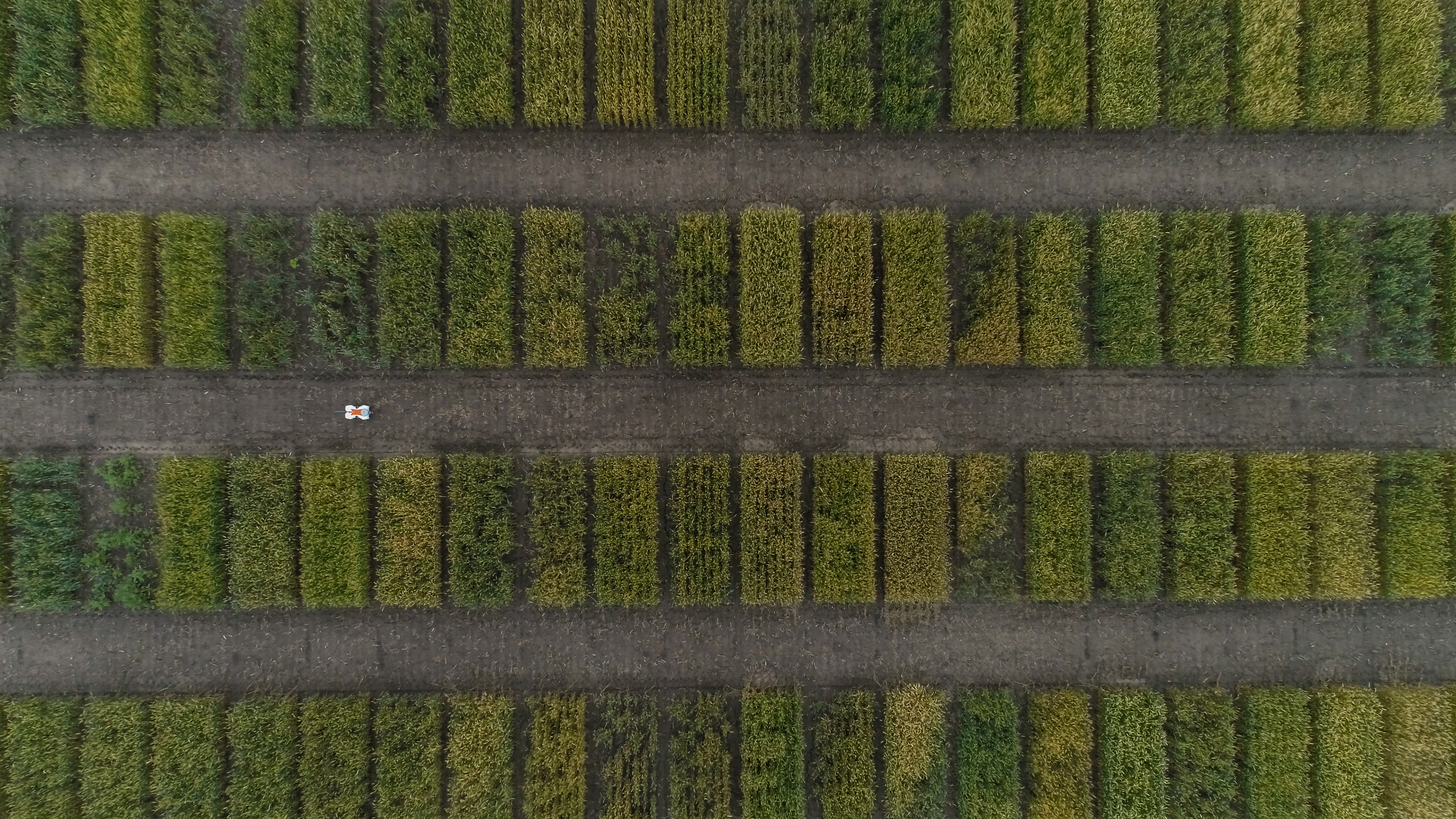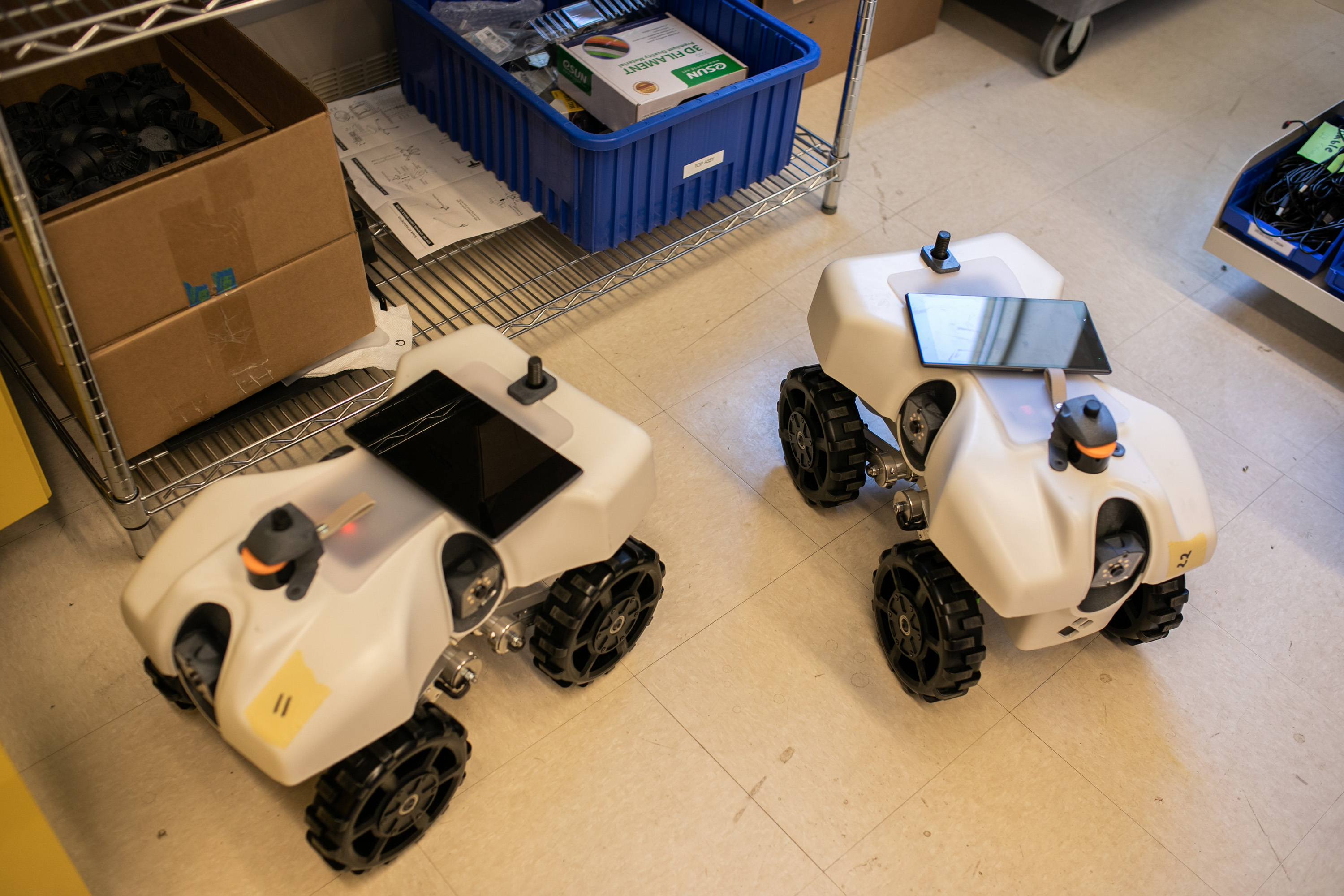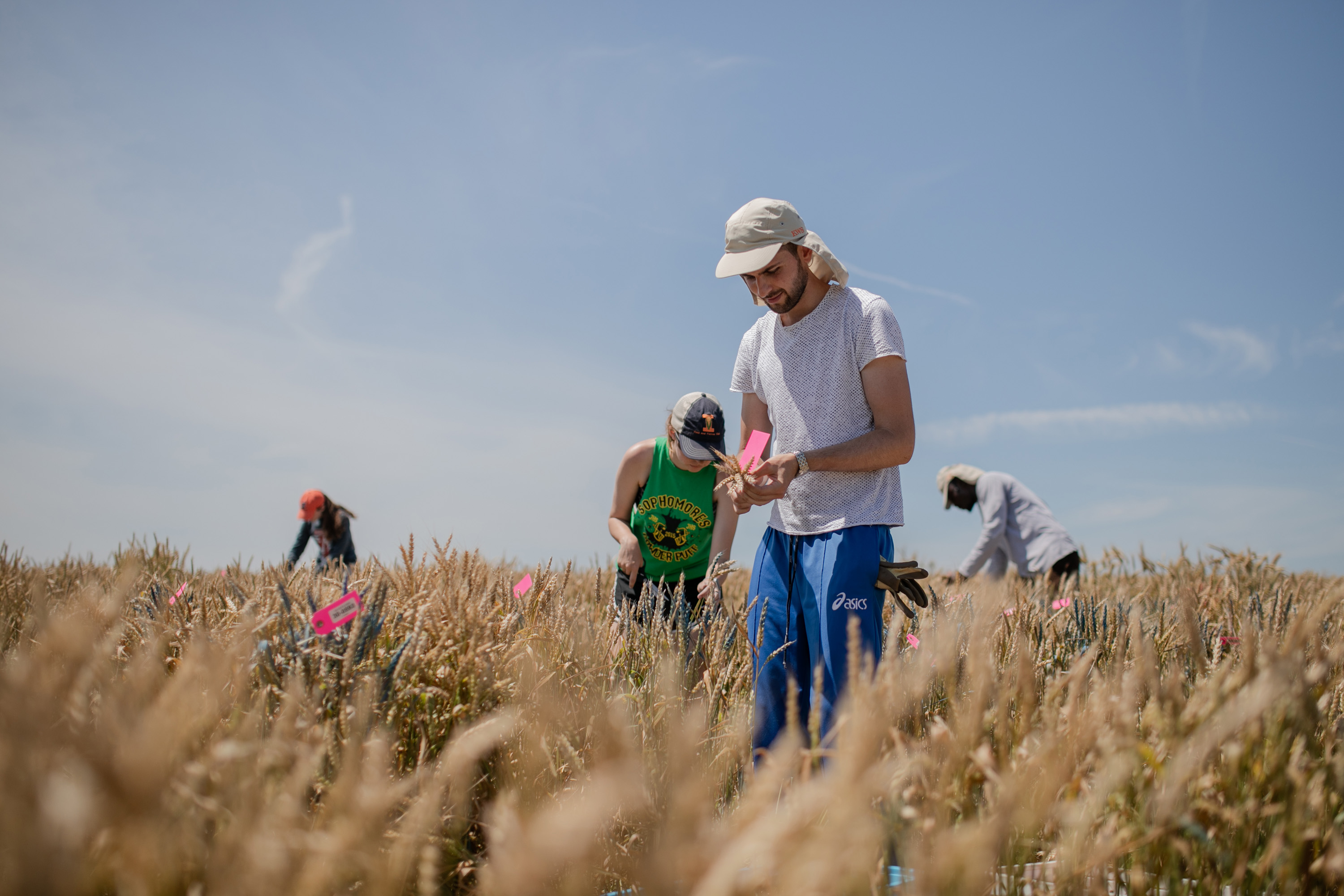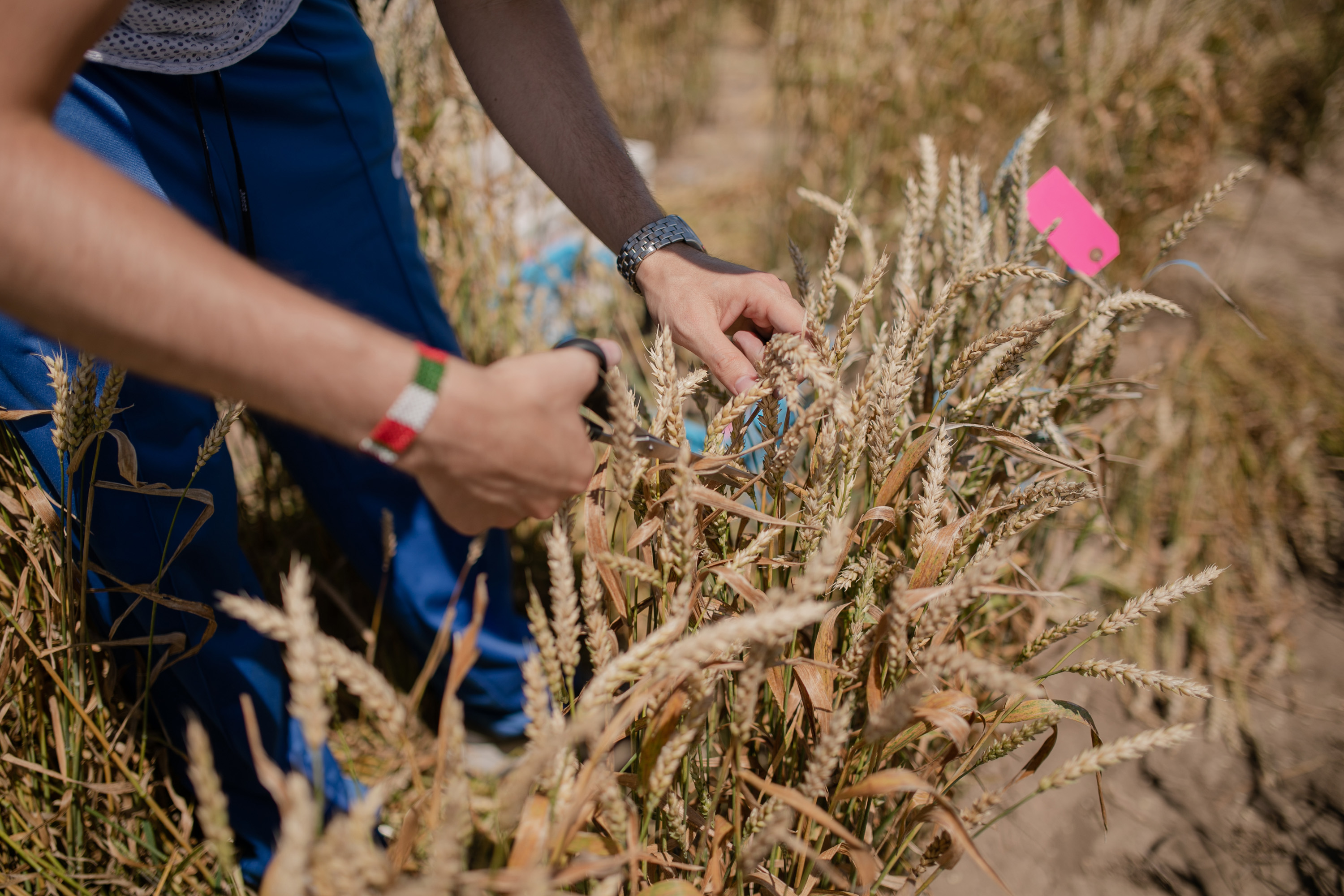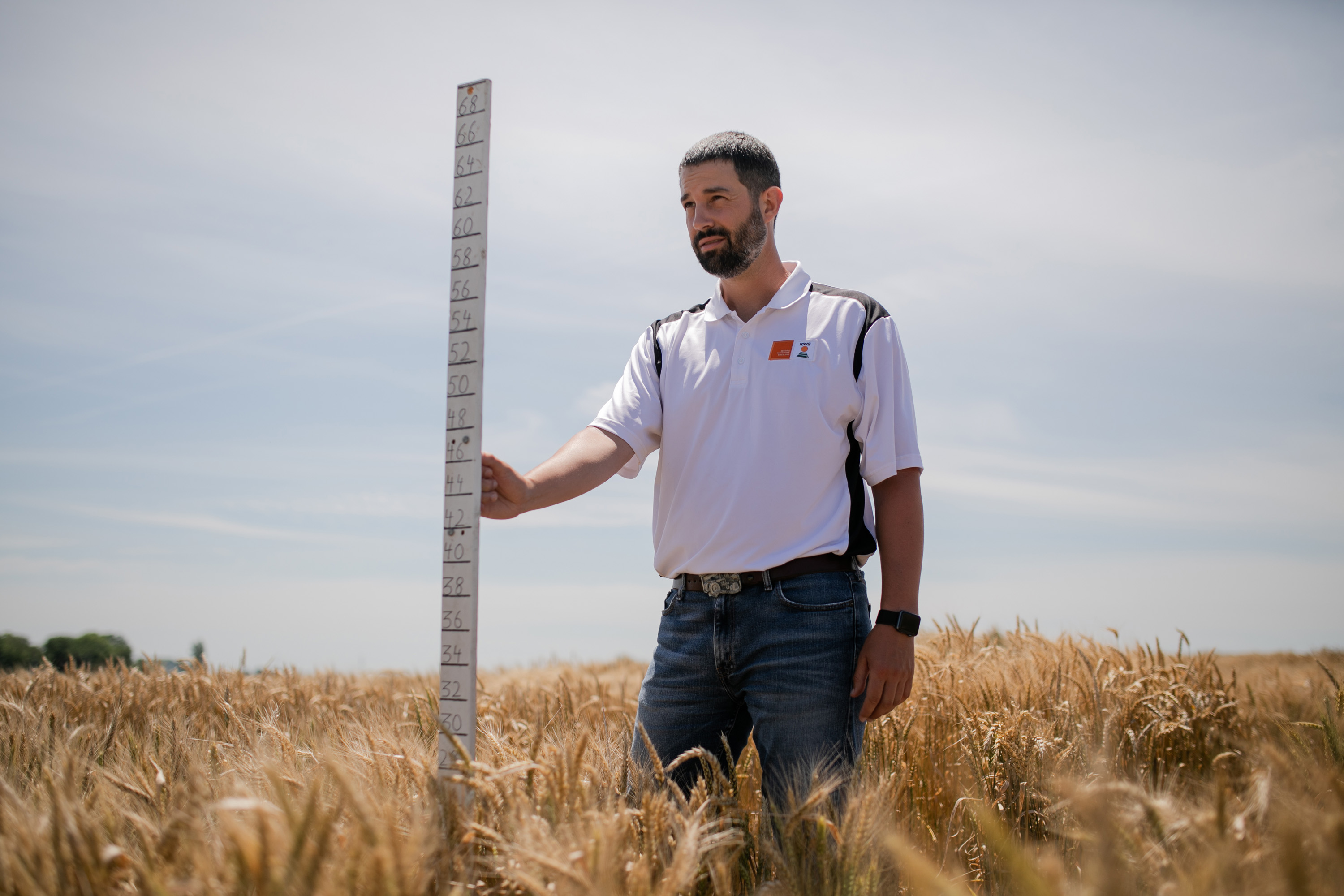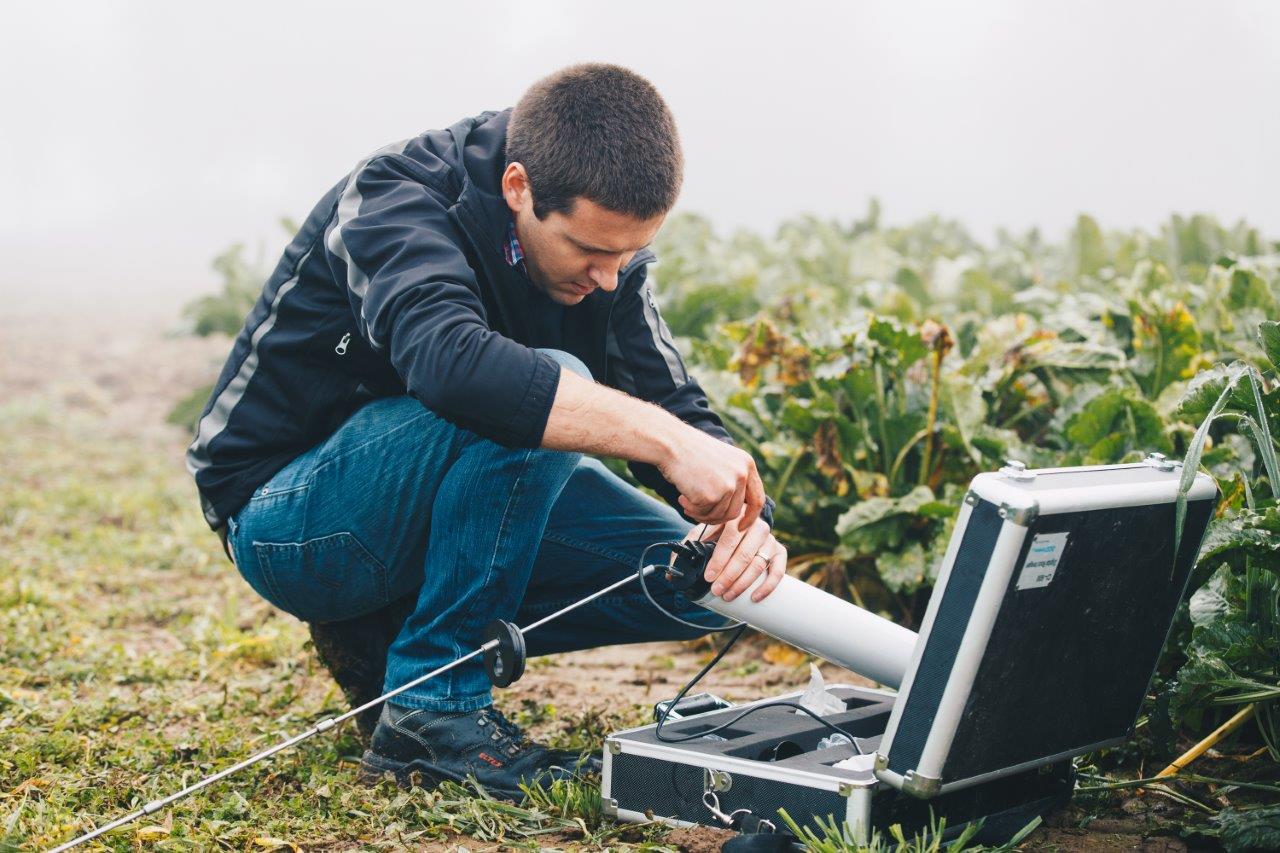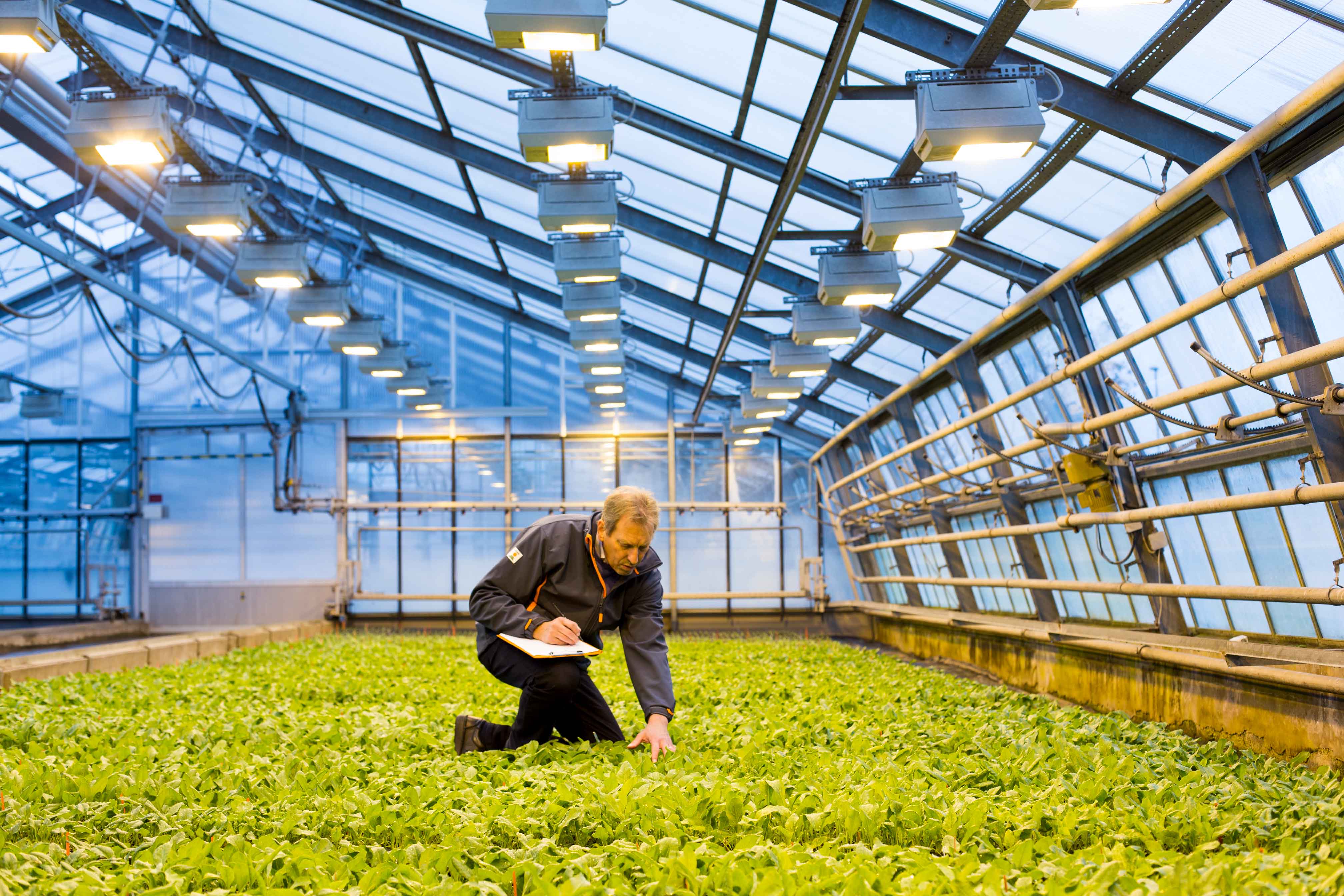Just a thin mast with a black pipe rocks to and fro between the ears of wheat – that’s all that can be seen of TerraSentia from the edge of the field. The knee-high robot, which is electrically powered and guided by GPS, moves through a precisely laid-out trial field in Champaign near Chicago in the U.S. state of Illinois. With its four jagged-edged wheels, the robot moves almost effortlessly over dirt clods and furrows and wends its way incessantly over the field.
The robot is helping breeders produce plants that are less prone to damage from diseases, are better adapted to climate change, and secure and increase yields for farmers.
Breeders face many challenges in their work. One of them is that they need as much information as possible on the hundreds of varieties and more than 20 crops KWS offers and breeds. They include sugarbeet, wheat, corn, rapeseed and sorghum. As is company tradition, KWS’ experts test millions of plants a year on tens of thousands of trial plots.
That costs a lot of time, work and effort. “And yet breeders can only watch over a small part of a plot,” says Jia Yan, the project manager responsible for digital innovations at KWS. “It would be better to keep a constant eye on the plants and see how they fare in the field.” But where do you get the time to keep tabs on even more ears, leaves or shoots? And all that at short time intervals and in the many countries where KWS conducts breeding?



